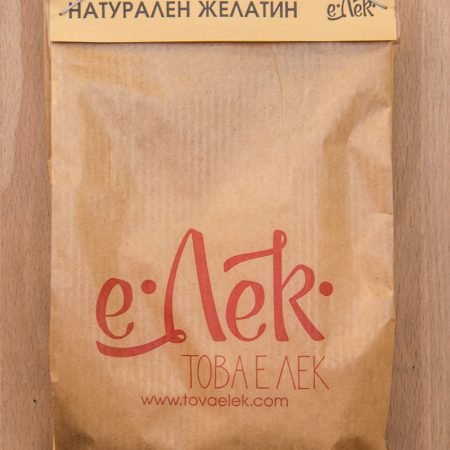Какво чудесно изследване за аспирина. Това, което особено харесвам при това изследване, е че един от авторите го определя като “обещаваща антифибротична стратегия при неалкохолно омазняване черния дроб”. Това е първият път, в който чувам доктор да нарича аспирин “антифибротично химическо вещество”. Още в началото на 1970-те години Пийт споменава аспирина като едно от най-защитните химически вещества за черния дроб в една от първите си книги. Въпреки това до сега официалната медицина продължаваше да настоява, че аспиринът не е нищо повече от (слаб) инхибитор на COX. Интересно и припокриващо се с идеите на Рей Пийт по темата, изследването по-долу твърди, че нестероидните противовъзпалителни препарати освен аспирин НЕ предоставят подобни антифибротични ползи. Ах, времената се променят…
https://www.cghjournal.org/article/S1542-3565(19)30493-8/fulltext
…“Recent experimental data suggest that aspirin is a promising anti-fibrotic strategy for NAFLD,” Tracey G. Simon, MD, from the Massachusetts General Hospital, and colleagues wrote. “Given the growing incidence and burden of NAFLD, understanding the potential antifibrotic benefits of aspirin remains an important unmet need.”
“…Between 2006 and 2015, the researchers examined 361 adults with NAFLD every 3 months to 12 months for incident advanced fibrosis. Daily aspirin use correlated with lower risk for fibrosis compared with non-regular use (adjusted OR = 0.54; 95% CI, 0.31-0.82). Daily aspirin use also correlated with NASH histologyi including lower risk for prevalent ballooning (aOR = 0.45; 95% CI, 0.23-0.88), lobular inflammation (aOR = 0.85; 95% CI, 0.54-0.98), definite NASH (aOR = 0.68; 95% CI, 0.37-0.89) and advanced fibrosis (aOR = 0.46; 95% CI, 0.22-0.89) compared with non-regular use.”
“…Longer duration of pre-enrollment daily aspirin use also correlated with lower risk for prevalent fibrosis (P = .016). Compared with less than 2 years of use, prevalent fibrosis was less common among patients with 2 years to less than 4 years of use (aOR = 0.72; 95% CI, 0.56-0.48) and those with 4 years or more of use (aOR = 0.48; 95% CI, 0.32-0.69). Longitudinal analysis with multivariate analysis showed that the risk for advanced fibrosis was 37% lower among daily aspirin users compared with non-regular users (aHR = 0.63; 95% CI, 0.43-0.85). Simon and colleagues noted that they did not find a significant association between nonaspirin NSAID use and risk for fibrosis progression. “Aspirin uniquely modulates bioactive lipids by stimulating the biosynthesis of proresolving mediators, and inhibiting pro-inflammatory lipids, which in turn may prevent progressive liver damage,” they wrote. “Given the accelerating incidence and mortality of NAFLD, the potential magnitude of benefit from aspirin could be profound.”
Източник:
- Колко пресни портокала са ви необходими, за да изчистите черния си дроб от мазнини?
- Хроничният стрес понижава допамина и причинява психични заболявания
- Естрогенът и кортизолът, а не андрогените, потискат имунитета
- Инхибирането на ароматазата (за намаляване на естрогена) може да доведе до лечение на рак на стомаха.
- Потиснатият имунитет, а не вирусите (HPV), може да е причина за рака на кожата










